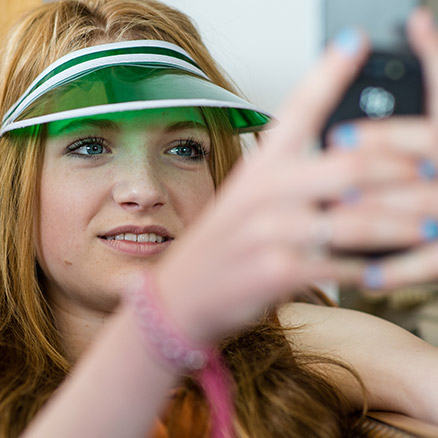Gone are the board games and teddy bears; many children’s Christmas and birthday wish lists now feature robot puppies, selfie microphones and fitness trackers.
Billions of objects will be connected to the internet over the next few years. From light bulbs to traffic lights, bicycles to thermostats, the Internet of Things (IoT) is changing our lives, including the way children play. While connected toys and games can certainly entertain, inspire and educate young people, parents also need to be aware of the potential pitfalls.
Toys are getting smarter
Many toys now have built-in cameras, use voice recognition and connect to the internet. 1990s favourite Furby has had a 21st century revival thanks to Bluetooth connectivity and one of this year’s hot picks is CHiP the robot dog, which kids can play with via an app.
But could smart toys – many of which store large amounts of user data – put your child’s privacy or safety at risk?
Some toys could violate users’ privacy because they record sensitive data such as children’s names, addresses and schools without parental consent and share them with third parties. Others have been found to be vulnerable to hackers and scammers.
If your son or daughter has the latest smart toy, check the manufacturer’s guidance.
A world of wearables
From smart watches and activity trackers to headphones and smart clothing, the wearable technology industry is constantly innovating. While wearables offer many benefits, including encouraging young people to set health goals, it pays to do your homework and consider the following:
<ul class="col-xs-12 col-sm-10 col-lg-8">
How much time will your child spend on the device?
Could it distract them in the classroom?
Will it make it easier for them to buy stuff online?
How will you monitor their online activity?
Could it make them vulnerable to thieves?</ul>
As with any tech device, check whether there are parental controls available and change the default password if possible. We also recommend that you set some boundaries for your child, such as when they can use it, for how long and the kinds of websites and apps that are appropriate.
Stepping into a virtual reality
Drive a supercar from your sofa... swim in the Pacific Ocean without leaving your bedroom... for children and teenagers looking for that ‘wow’ moment, virtual reality (VR) headsets are now the must-have gift.
It’s important to remember that many VR devices have a minimum age limit (often 12 or 13) and that users are advised they might experience motion sickness, nausea, eye strain and other discomfort while wearing the headset.
Forewarned is forearmed
As toymakers turn to technology more and more, it’s a good idea to assess the potential risks, as well as the many rewards, of buying connected products for your child. For more information, go to:























